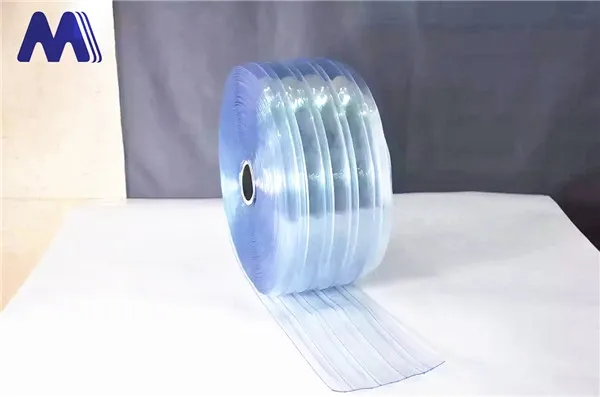- Afrikaans
- Albanian
- Amharic
- Arabic
- Armenian
- Azerbaijani
- Basque
- Belarusian
- Bengali
- Bosnian
- Bulgarian
- Catalan
- Cebuano
- Corsican
- Croatian
- Czech
- Danish
- Dutch
- English
- Esperanto
- Estonian
- Finnish
- French
- Frisian
- Galician
- Georgian
- German
- Greek
- Gujarati
- Haitian Creole
- hausa
- hawaiian
- Hebrew
- Hindi
- Miao
- Hungarian
- Icelandic
- igbo
- Indonesian
- irish
- Italian
- Japanese
- Javanese
- Kannada
- kazakh
- Khmer
- Rwandese
- Korean
- Kurdish
- Kyrgyz
- Lao
- Latin
- Latvian
- Lithuanian
- Luxembourgish
- Macedonian
- Malgashi
- Malay
- Malayalam
- Maltese
- Maori
- Marathi
- Mongolian
- Myanmar
- Nepali
- Norwegian
- Norwegian
- Occitan
- Pashto
- Persian
- Polish
- Portuguese
- Punjabi
- Romanian
- Russian
- Samoan
- Scottish Gaelic
- Serbian
- Sesotho
- Shona
- Sindhi
- Sinhala
- Slovak
- Slovenian
- Somali
- Spanish
- Sundanese
- Swahili
- Swedish
- Tagalog
- Tajik
- Tamil
- Tatar
- Telugu
- Thai
- Turkish
- Turkmen
- Ukrainian
- Urdu
- Uighur
- Uzbek
- Vietnamese
- Welsh
- Bantu
- Yiddish
- Yoruba
- Zulu
Trends and Innovations in PVC Production Processes and Applications
PVC Production An Overview
Polyvinyl chloride (PVC) is one of the most widely produced synthetic plastic polymers in the world, often used for a diverse range of applications due to its durability, chemical resistance, and low cost. The production of PVC involves a series of chemical processes that transform raw materials into a versatile plastic that has become an essential part of numerous industries.
Raw Materials
The primary raw materials for PVC production are salt and ethylene. The process begins with the extraction of chlorine from salt through electrolysis. Simultaneously, ethylene is derived from natural gas or petroleum. The two main components, chlorine and ethylene, are then combined to produce vinyl chloride monomer (VCM), the precursor to PVC.
Production Process
The production of PVC can be classified into two main methods the suspension polymerization process and the emulsion polymerization process.
1. Suspension Polymerization This is the most common method used in the production of PVC. In this process, VCM is suspended in water, and various additives are introduced, such as stabilizers and emulsifiers. When the VCM is subjected to heat and pressure, it polymerizes into PVC. This method allows for the production of high molecular weight polymers, leading to better mechanical properties and processing characteristics in the final product.
2. Emulsion Polymerization This method is less commonly used but is particularly suitable for producing PVC used in coatings and adhesives. In emulsion polymerization, VCM is emulsified in water with surfactants, and polymerization occurs at lower temperatures. The resulting product has a different particle size and morphology compared to suspension polymerization, which can affect the performance characteristics of the final material.
Additives and Compounding
pvc production

After polymerization, the PVC resin is often combined with various additives to enhance its properties and performance. These additives include plasticizers, which improve flexibility and workability; heat stabilizers, which prevent degradation during processing; fillers, which reduce costs and improve mechanical properties; and pigments, which provide color. The proportion of these additives can be adjusted according to the intended application of the PVC product, making it a highly customizable material.
Environmental Considerations
The production of PVC has raised environmental concerns, primarily due to the production of dioxins and other toxic byproducts during the manufacturing process. Dioxins are known for their harmful effects on human health and the environment. Consequently, the PVC industry is continuously seeking ways to minimize these emissions through improved technologies and processes. Additionally, there is a growing trend towards recycling PVC, which helps reduce waste and decrease the demand for virgin materials.
Applications of PVC
PVC is utilized in a multitude of applications due to its versatility. Some of the most common uses include
- Construction Materials PVC is widely used in the construction industry for pipes, siding, windows, and doors because of its durability and water resistance. - Electrical Insulation PVC is an excellent electrical insulator, making it ideal for wiring insulation and other electrical applications. - Consumer Products Numerous household items, such as flooring, roofing membranes, and toys, are made from PVC due to its ease of fabrication and low cost.
- Medical Devices In the medical field, PVC is used in products like IV bags and tubing due to its ability to be sterilized and its chemical resistance.
Conclusion
The production of PVC plays a vital role in modern manufacturing and construction. With its diverse applications, cost-effectiveness, and adaptability, PVC has become a material of choice across various industries. However, the challenges related to environmental impact and sustainability are prompting ongoing research and development efforts within the industry. As manufacturers continue to innovate and seek eco-friendly practices, the future of PVC production promises to combine functionality with environmental consciousness. The evolution of this material will likely shape its production methods and applications for years to come.
-
Industrial Plastic Curtains for Efficient Temperature Control Durable Strip Doors for Butchers & RefrigeratorsNewsJul.07,2025
-
High-Quality PVC Door Curtain – Magnetic & Transparent Options for Efficient SeparationNewsJul.07,2025
-
High-Quality 냉장실용 커튼 for Efficient Cooling Durable PVC Coated Wire Mesh RollosNewsJul.06,2025
-
Antistatic PVC Strip Curtains – Superior Static Protection & Easy InstallationNewsJul.06,2025
-
Clear Freezer Curtains - Durable Vinyl & Plastic Curtains for Cold Storage SolutionsNewsJul.06,2025
-
Transparent PVC-Folie – Flexible & Durable Clear Plastic Sheets for Versatile UseNewsJul.05,2025



